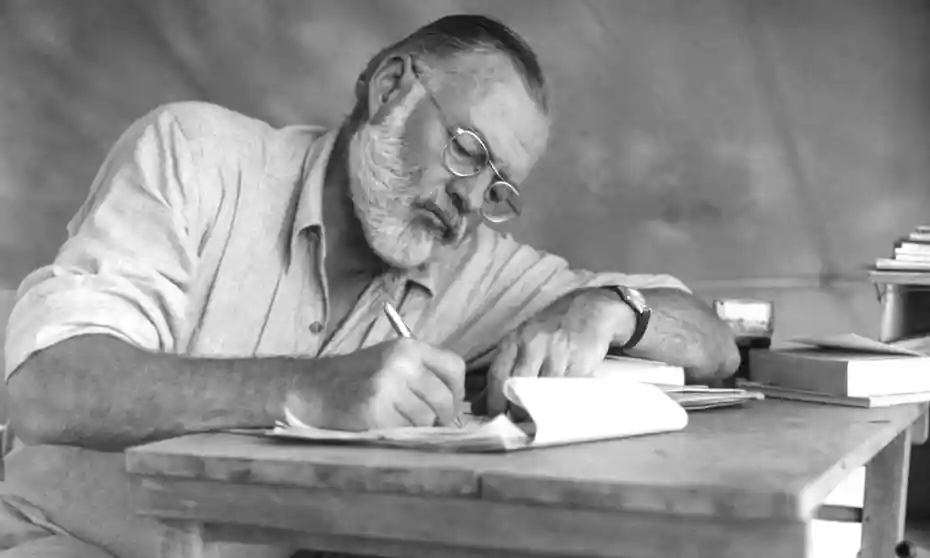From Disaster to Glory
Did you ever wonder how Apple competes and wins, over and over?- In 1997 Apple was in shambles.
- In 2018 Apple became the first compay to reach $1 trillion in market cap.
- In 2023 Apple was named the world’s most admired company by Fortune Magazine, for the 16th year in a row.
In The Beginning
In 1997 Michael Dell, riding the coattails of a brilliant distribution strategy and booming laptop sales, stated that if ran Apple he’d shut it down and return the money to the shareholders. This writing unpacks how Apple competes and wins, including market strategy, key management decisions, product strategy, customer loyalty and more.How Apple competes and wins?
We can learn big lessons in competitive strategy from how Apple took on Sony…and won. Here’s the Apple strategy story.Competitive strategy…
Sony was #1 and dominated the market

Flinging the doors open
A critical key to how Apple competes and wins is continuous innovation. Steve Jobs flung wide open Apple’s doors to innovative strategic thinking and brilliant execution. He rewarded it with programs like Apple Fellows. In addition Jobs did what few CEOs are able to do…nurture innovation toward a clear stretch goal. In Apple’s case the goal was creating and dominating a promising segment of consumer electronics while consigning the rest to hopelessly entrenched competitors like Sony. Since Jobs’ return, Apple has broken through conventional thinking time and again, creating and sustaining eye-popping value for consumers and investors around the globe. It happened with brilliant marketing moves, that any company can copy. These moves transformed Apple into The World’s Most Admired Company.
Apple’s market and product strategy
From a strategy standpoint, Apple noticed that Sony could not decouple its innovation engine from its freight train of legacy products. Sony was forced to deliver incremental innovations to continue selling money losing products like TVs, CD players and others just to retain distribution and manufacturing volume. At that time, big box retailers demanded that consumer electronics manufacturers carry a wide and varied product line for retail differentiation. Plus step-up and add-on sales. The ensuing product line complexity was like a cancer, constantly eating away profits from volume- addicted manufacturers like Sony, Philips, Thompson and others. All of these publicly traded companies were hugely volume dependent (manufacturing overhead) and any loss of significant distribution would cause those business models to collapse. Jack Welch recognized these money-losing handcuffs early on and exited GE from consumer electronics. In addition, as the Japanese economy continued to spiral downward, Sony was becoming more entrenched and bureaucratic, which put it at a competitive disadvantage for addressing any new trends.The iMac & MacBook strategy: mashing up
Recognizing the trends, even when your competitors don’t, is just the first step. With few exceptions it takes serious numbers crunching to understand what the trends imply for revenue and profit growth. After that it takes concentration and carefully executed stratetgy to to succeed.
Jobs’ secret sauce was his ability to think through the implications of trends that anyone could have seen at the time.
Specifically, Apple noticed that no other competitor was addressing the product reliability problems created from mashing up hardware, software and operating systems from separate companies to create a PC or laptop.
With a keen view toward making creativity simpler for innovative users, Apple built a moat around its new iMac by becoming the only PC manufacturer with homegrown hardware, software and operating systems. The iMac was introduced in 1998 and the OS X platform in 2001. Then Apple went to work on profitable product line extensions and profitable satellite businesses that orbited around the iMac.
A key trend that Apple noticed was a growing preference for personalization and that the microchip, data storage and entertainment industries were running parallel with it. The company responded by introducing the i-brand strategy. Apple introduced the iPod and the Apple Store in 2001. iTunes followed in 2003. The Apple Store ushered in a whole new build-to-order manufacturing strategy and other profit improvement platforms. At the center, still, was the iMac.
Media creation is the new black…
After introducing its iMac, Apple noticed a growing trend in consumer do-it-yourself audio and video production. The company introduced iMovie in 1999, followed by Garage Band and iPhoto in 2002. All three were optimized by the iMac.
Apple also noticed that technology trends were mashing up PCs, laptops, and mobile and consumer electronics. The iPhone and Apple TV were introduced in 2007. Apple also noticed the potential for mobile computing and introduced the App Store in 2008 and the iPad in 2010.
Again, everything orbited around the iMac and the mashup product strategy.
Creating customer loyalty: how Apple competes and wins

At a time when Sony was making missteps in marketing and advertising, Apple began hitting home runs. On top of one product success after another, Apple continuously grew its tribe by:
✔︎ Partnering with archenemy and brand powerhouse Microsoft to introduce Microsoft Office for Macintosh and to allow Microsoft to invest $150 million in non-voting Apple stock.
✔︎ Partnering with global chip brand powerhouse Intel. By 2006 the entire Mac product line had transitioned to Intel microprocessors. Partnering with major peripheral, photography, entertainment and software companies to make products iMac compatible.
✔︎ Nurturing the Mac tribe’s fanaticism with conferences, Mac User Groups and other ways to bond the ever-growing group of loyalists with each other and the company.
✔︎ Creating clever advertising that continuously positioned Apple as the standalone rebel, appealing to Apple’s target market of early adopters, innovators and mainstream defectors.
Fortune’s List topper for 16 years
Sony should have invented the iMac, the iPod and the juggernaut of innovative products and distribution. It was far better capitalized and had many competitive advantages.
Today, Sony plays a distant second fiddle to Apple. Apple’s market cap is 25 times that of Sony’s.
Sony is a sad example of a once dominant company that had it all, but was handcuffed by product strategy and too distracted to pay attention to the trends and what was driving them.
Today, Apple’s market cap is the largest in the world.
This tells us that investors are pouring big money into innovation and momentum. As they always have.
Apple has the formula to keep on hitting the long ball, like Sony once had.
But will it?












